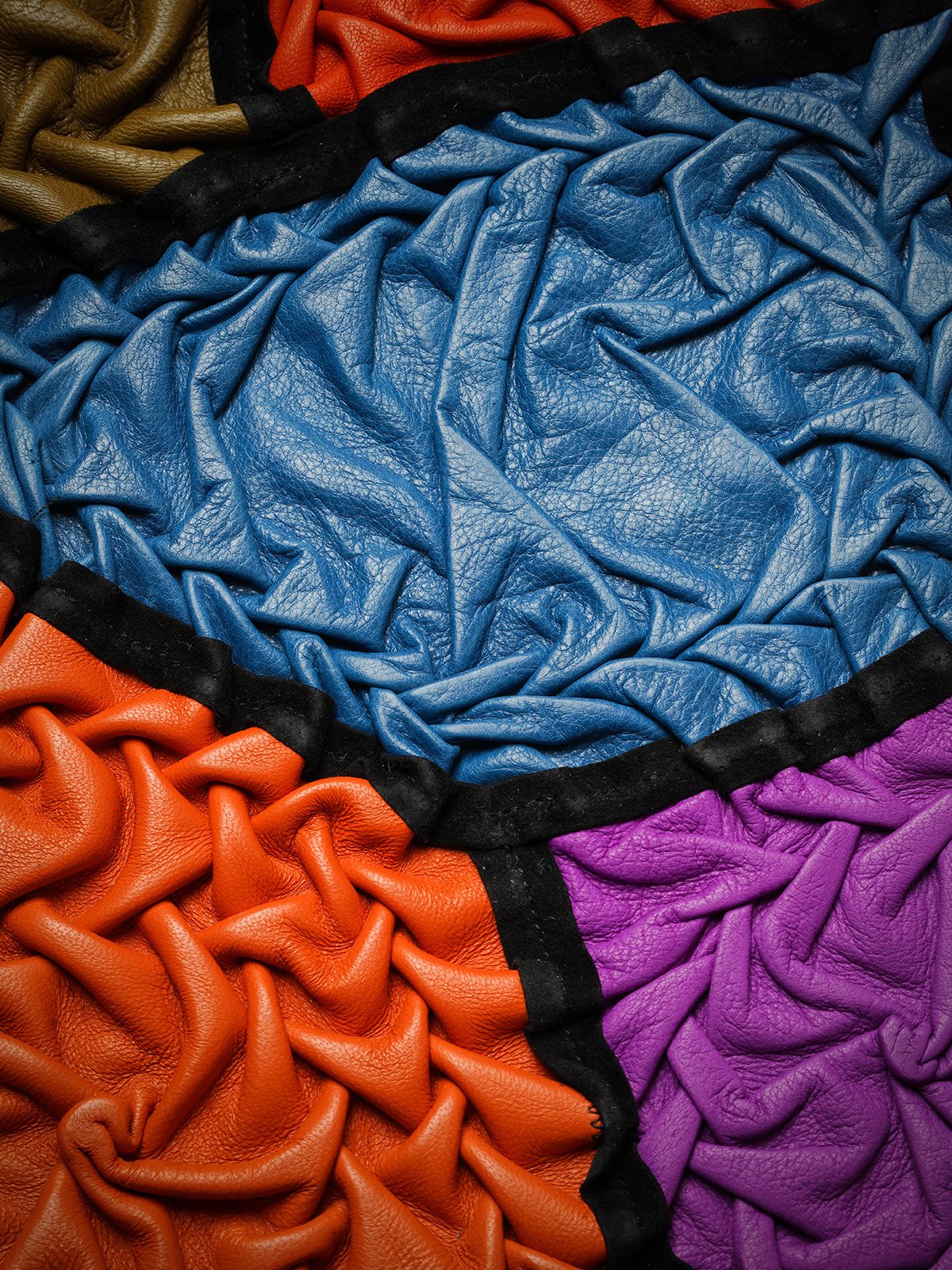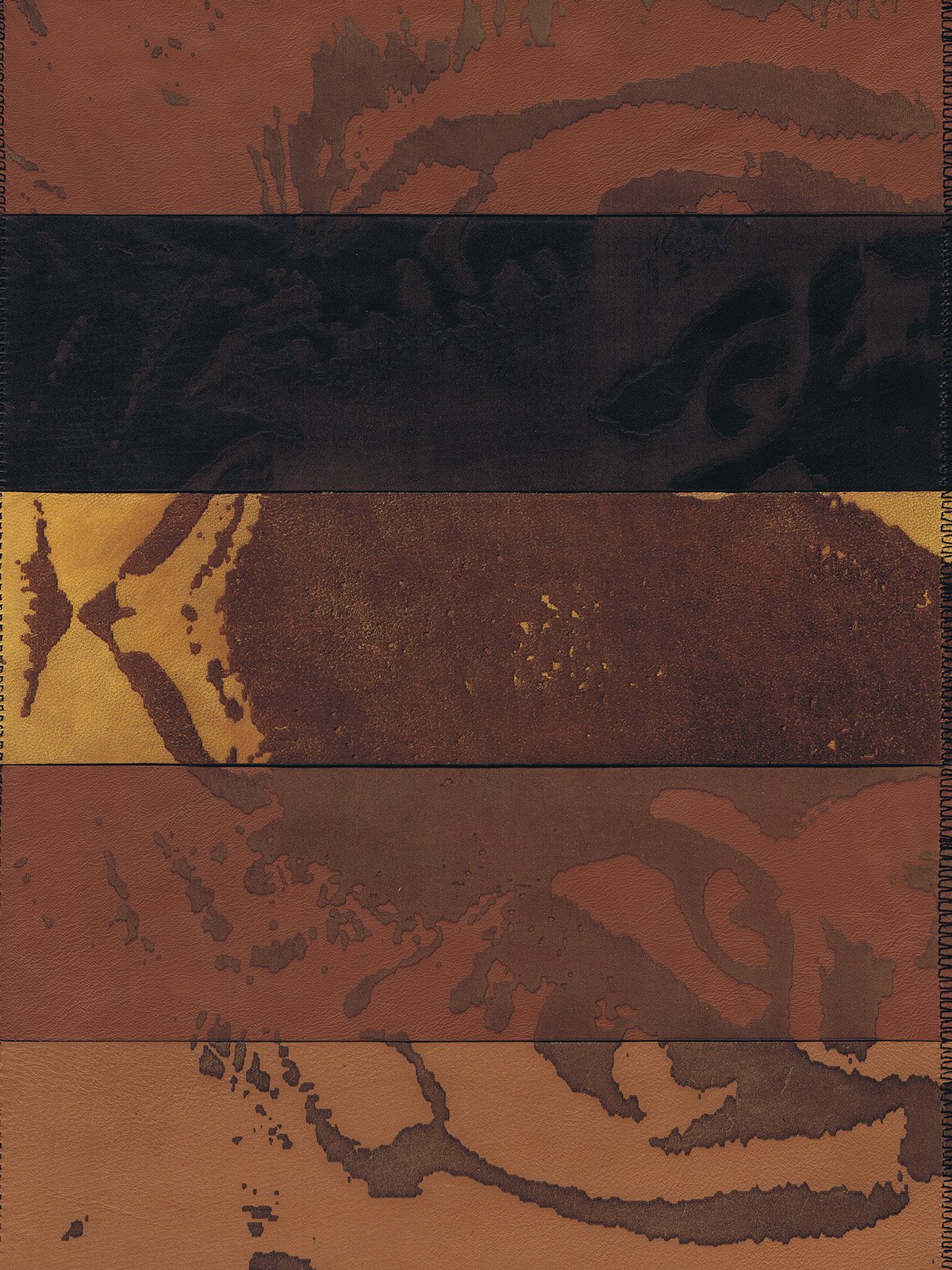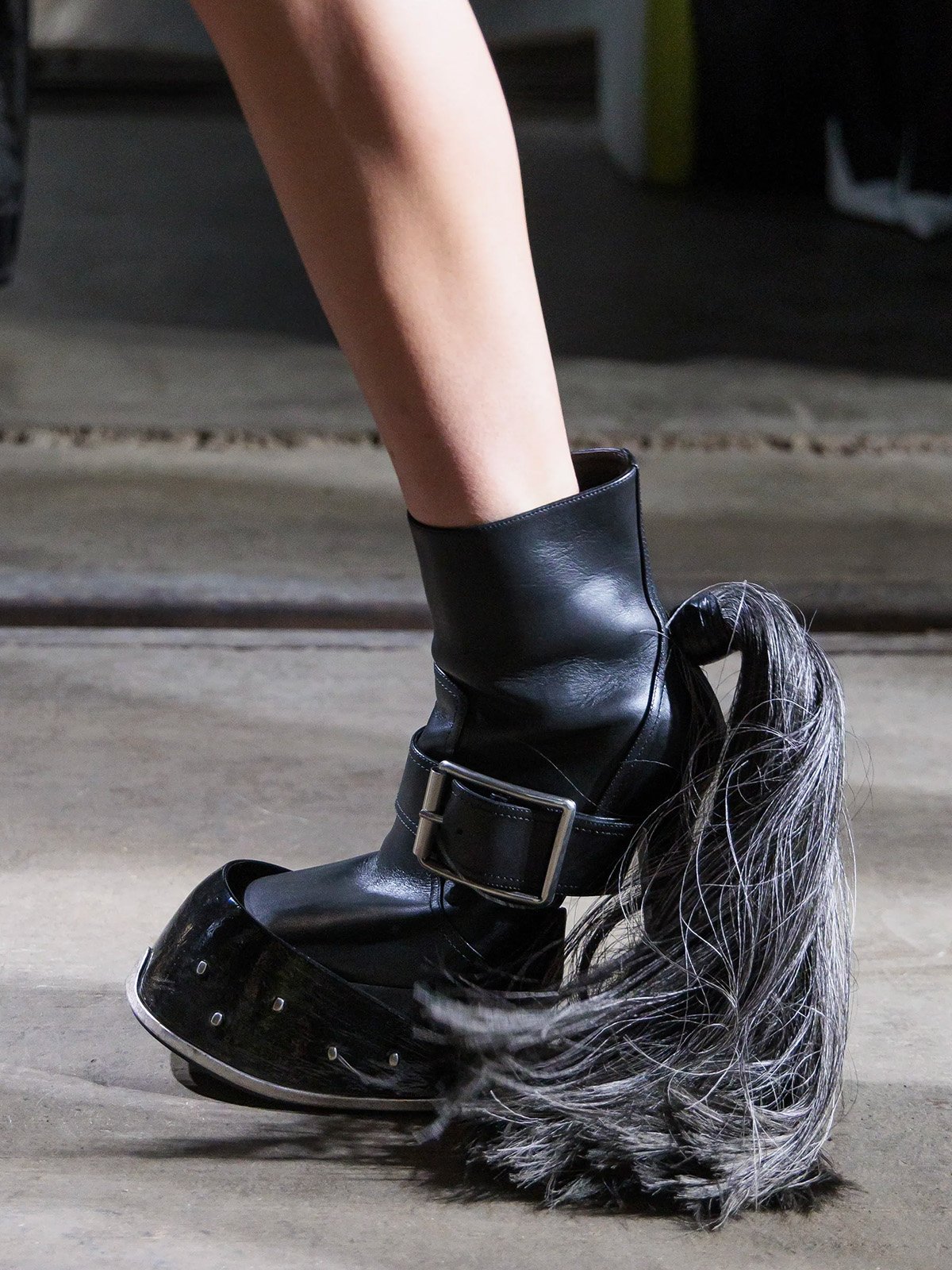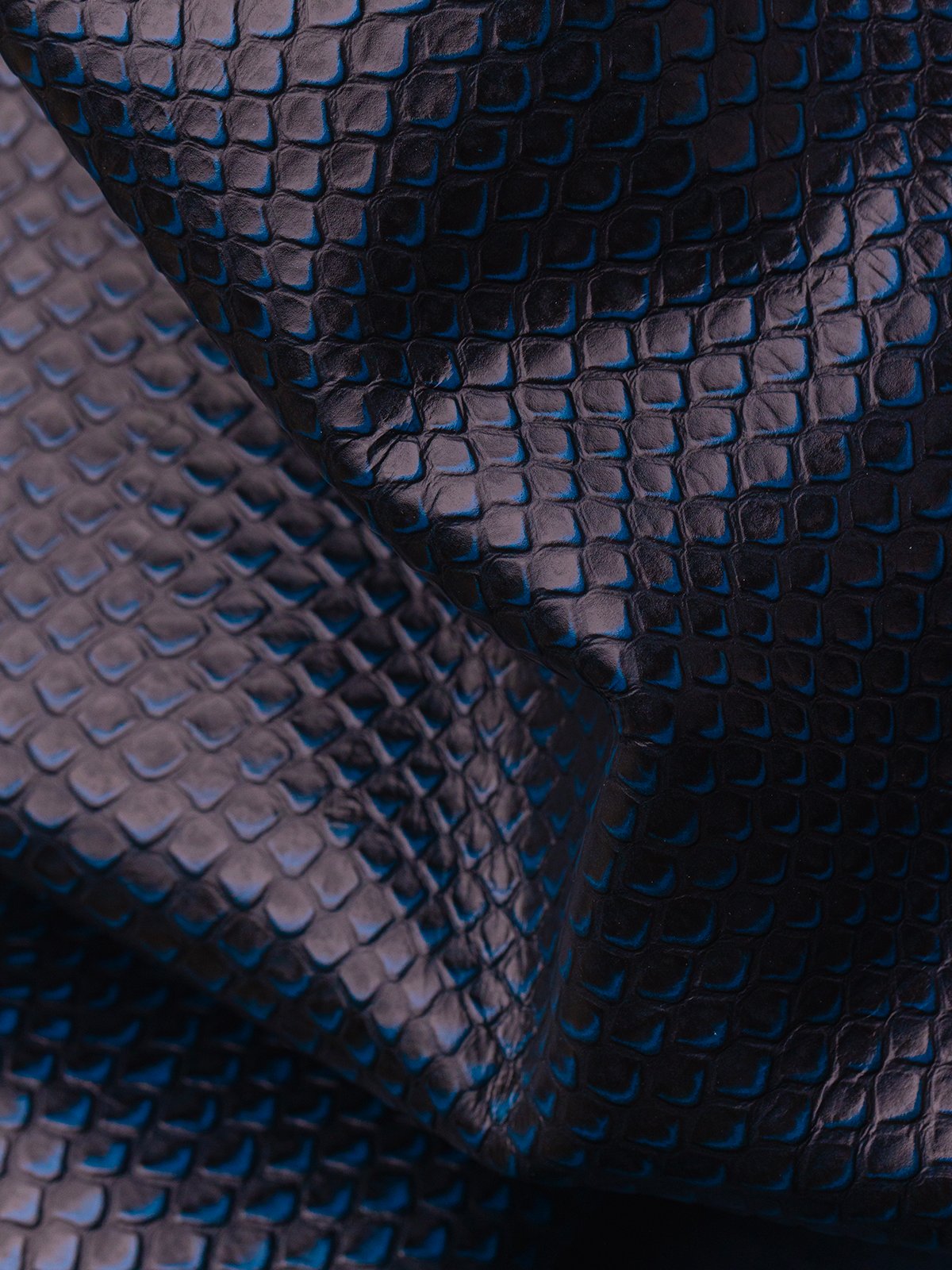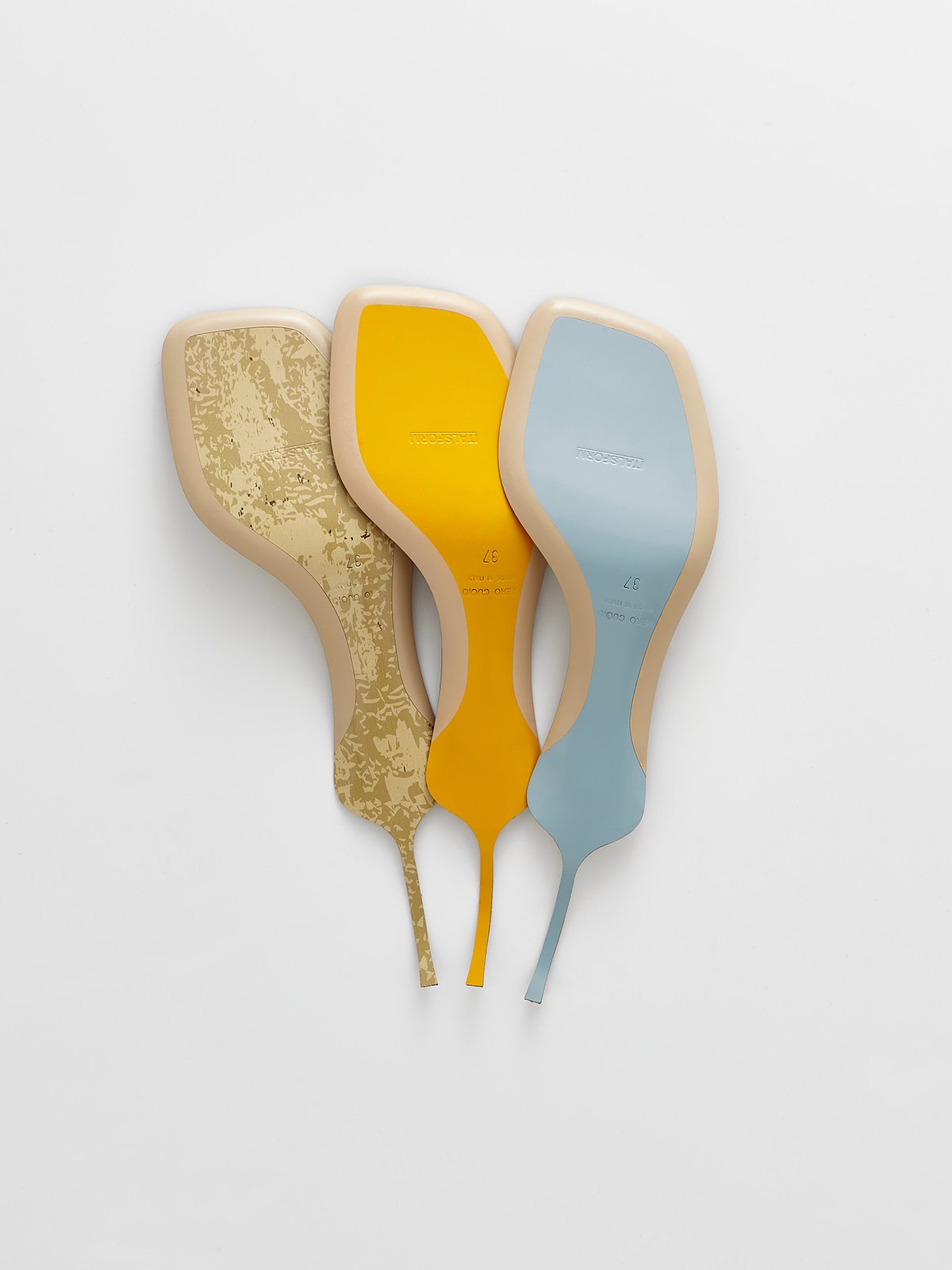News
Agatha, suminagashi, cuoietto, and the other...
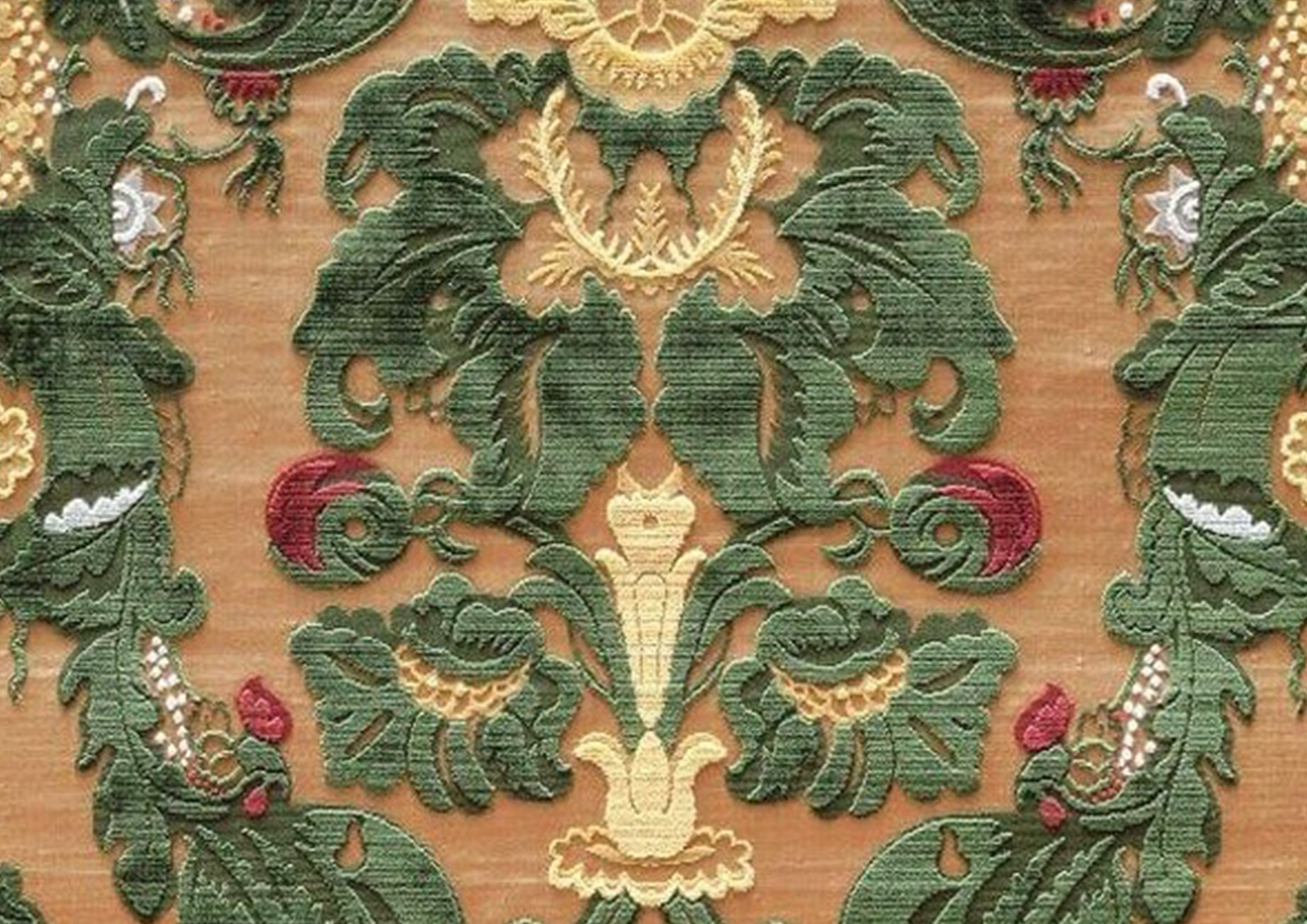
Ancient skills, rare techniques, traditional workmanship rooted in a past when manual dexterity was everything and still enduring today for their beauty. Could fashion, the realm of beauty, be immune to the allure of these arts? Of course not: and in fact, the focus of big brands on continuous innovation still leaves room for small gems of tradition.
Among the niche workings of leather goods is the "Florentine leather" technique, which has a very long history. This method involves no stitching: each bag or accessory is created by cutting and then fitting pieces of wet leather onto wooden forms; once the shape is taken, the pieces are glued together.
Also in this realm of rare preciousness is the agating of crocodile skins, which there are very few left to do: the leather is run through a machine equipped with an agate cylinder that, as it passes over the surface of the leather, polishes it to a shiny (and beautiful) sheen. Proof that luxury and high fashion are, first and foremost, craftsmanship.
A real gem is the Japanese suminagashi (literally, "floating ink") technique, born more than 1,000 years ago and brought to the runway by Dries Van Noten during the last Paris Fashion Week for SS25, but already seen in 2021 with Issey Miyake. It is an ancient painting technique that involves tapping the surface of water with an ink-soaked brush, creating 'floating' designs, often concentric circles of color. Once the design is completed, the paper or fabric is adhered to the ink, thus transferring the design to the surface. The effect is that of a marbled pattern, always different and unpredictable.
Back in Italy, in the past few years, Fendi wanted to celebrate the ancient crafts of the Belpaese with the "Hand in hand" project, which saw the iconic Baguette designed in 1997 by Silvia Venturini Fendi declined through 20 traditional crafts, one for each region. These included the precious soprarizzo velvet, handmade on 18th-century looms by Tessitura Luigi Bevilacqua, founded in 1875. Made of silk and cotton, it combines cut velvet and curly velvet and requires very complex workmanship: production is only 30 cm per day.
Among the sophisticated and historical techniques, here is broderie Lunéville, a very old type of embroidery (the name comes from the town of the same name in Lorraine), which is worked on the reverse side of fabrics, usually very light fabrics such as voile or organza, and with a very thin crochet hook, the Kantan, with which chains are made that can be used as a support for the application of beads and sequins. The art of this work is preserved in the Parisian embroidery studio Lesage, which is part of the Maisons d'arts acquired by Chanel. A very old embroidery factory, founded in 1858 and custodian of 75 thousand embroidery samples.
